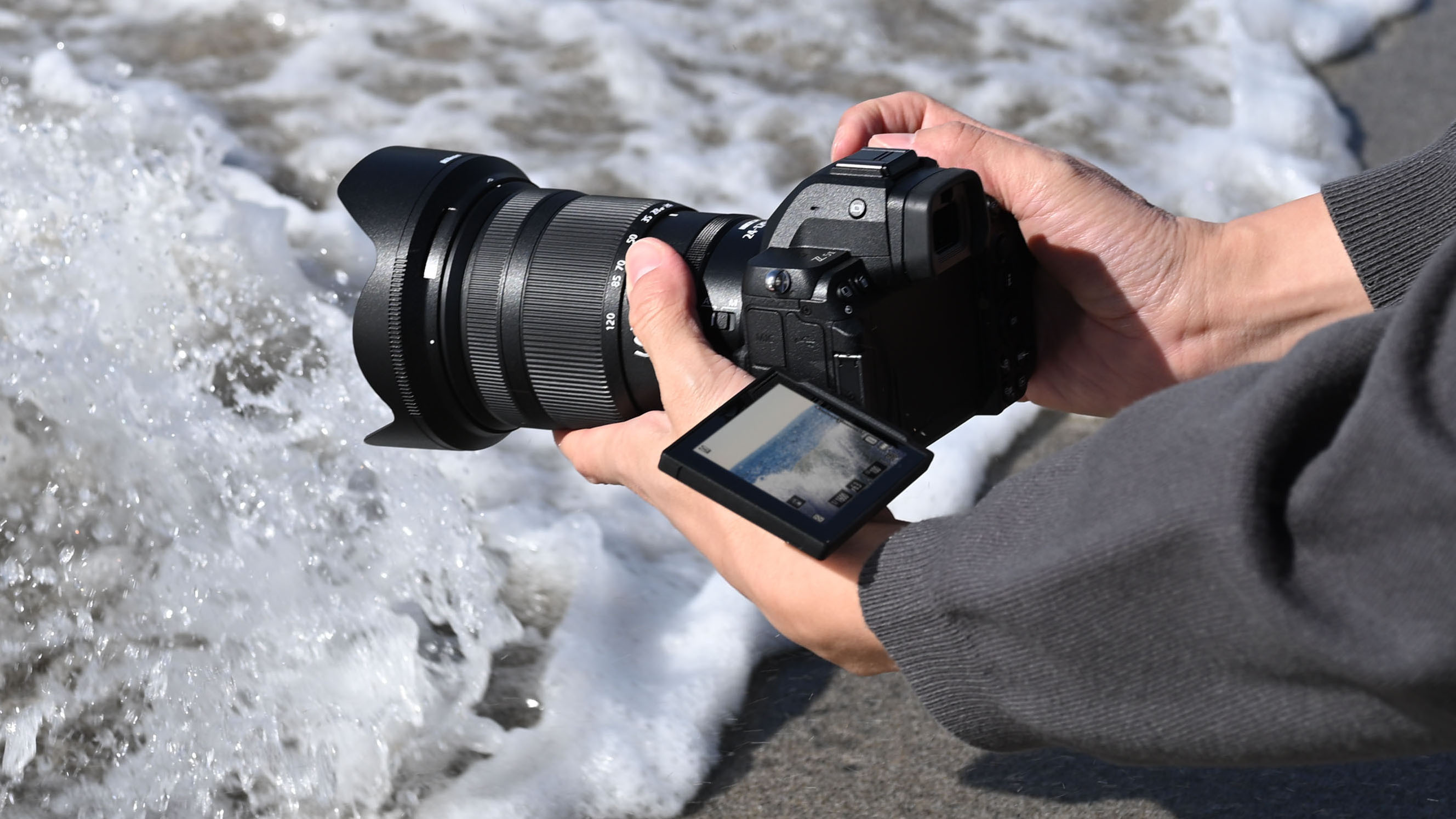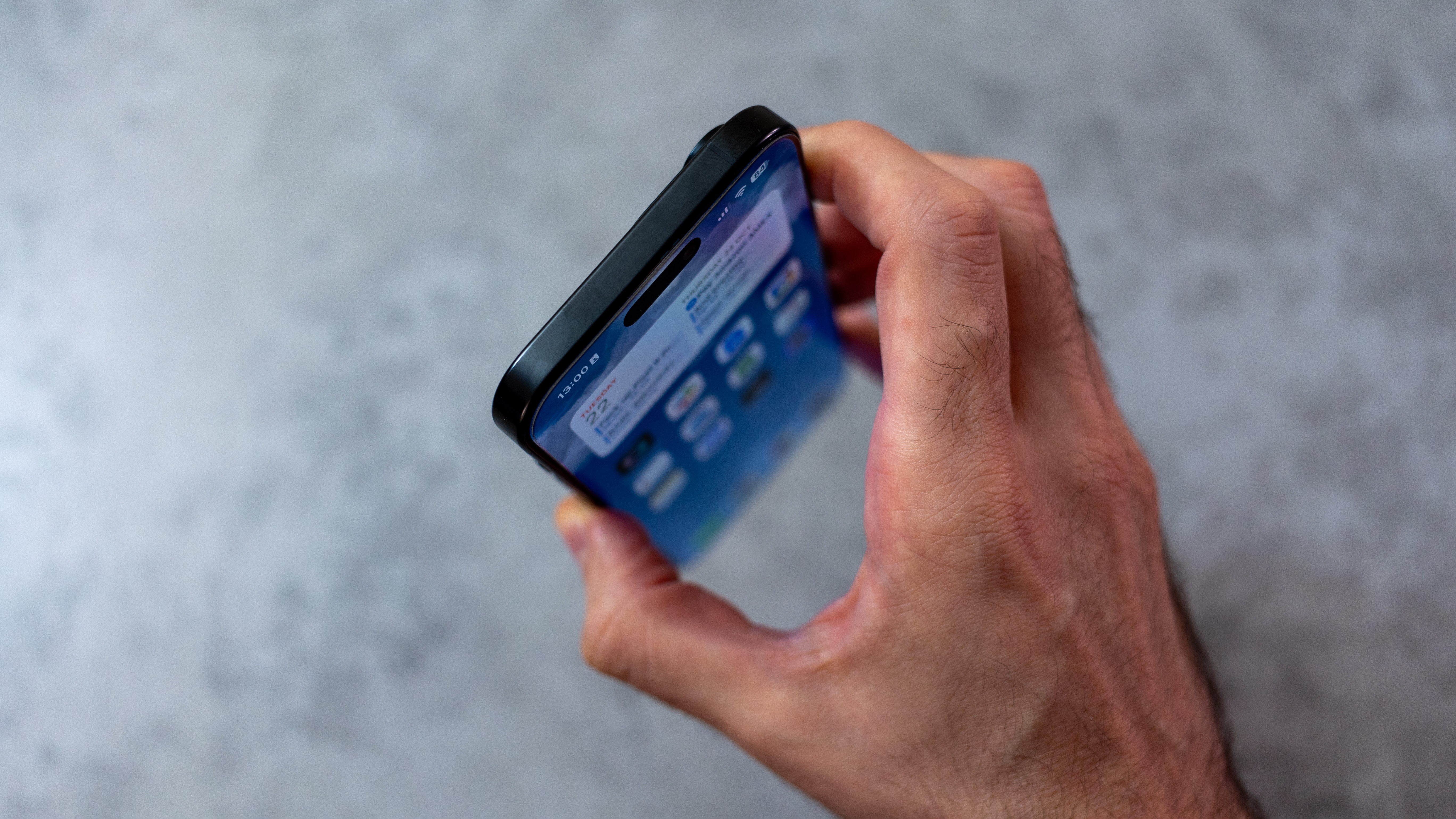
I love Apple products. They're sleek, they're powerful, and in the immortal words of Steve Jobs, they "just work" (well, most of the time). But their naming strategy? It's a wild ride.
Take the iPhone lineup, for instance. Remember when it was just "iPhone" followed by a number? Those were simpler times. Now along with the iPhone 16 we recently got the iPhone 16 Pro Max, the iPhone 16 Pro and the iPhone 16 Plus. Plus right now, we're expecting the imminent appearance of the iPhone SE 4; like that cousin no-one's quite sure how to introduce at family gatherings.
And let's talk about those chips. The M1 made sense as a starting point. Then came M1 Pro and M1 Max – okay, still following. But then Apple threw in the M1 Ultra, which is essentially two M1 Max chips fused together. Just when you thought you had it figured out, they launched the M2 series, and now we're deep into M3 and M4 territory, each with their own variants. It's like a Russian nesting doll of processing power.
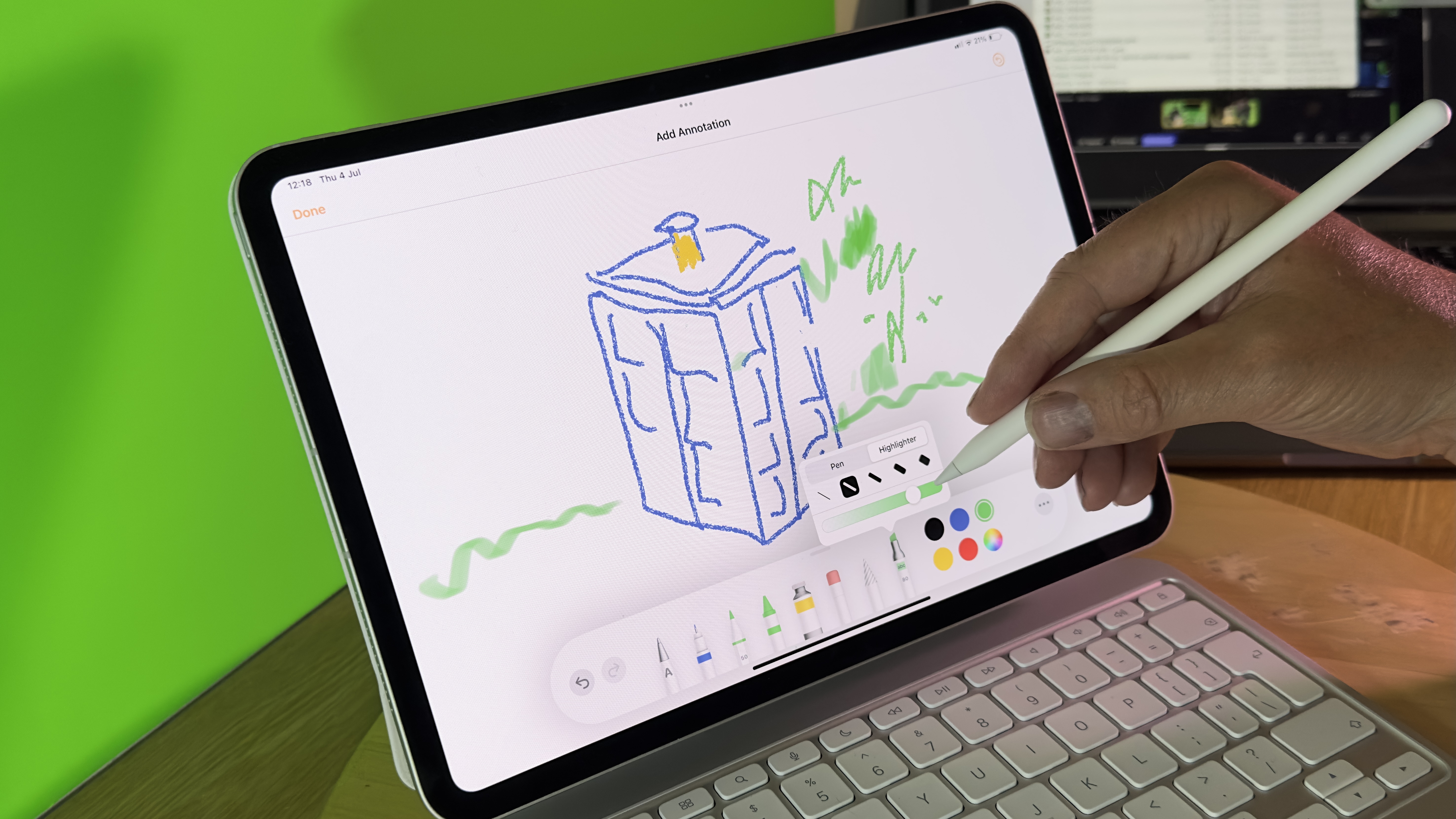
The iPad family tree is another puzzle altogether. We've got the iPad Pro (in two sizes), iPad Air, iPad mini, and just... iPad. But wait – this basic / standard / entry-level iPad comes in different generations, and some older models are still sold new. Try explaining to your non-tech-savvy aunt why the 9th-generation iPad Air might actually be a better choice for her than the 10th-generation iPad Pro, depending on her needs and budget. To be honest, even your tech-savvy teenager might get lost at this point.
I could go on, but you get the point. Basically it's all a hot mess. So I set myself the challenge of trying to create a decoder for Apple's product naming system. Here's what I came up with.
| Naming element | Meaning | Recent examples |
| Pro | Indicates a higher-end, more powerful version. Usually the most expensive model in a series. | Apple MacBook Pro 14 (M4 Pro, 2024), iPhone 16 Pro, Apple iPad Pro 11-inch (M4) |
| Air | Suggests a thinner, lighter, more portable version. Used to be much less powerful than the Pro versions, but the gap has narrowed in recent years. | Apple MacBook Air 13in (M3, 2024), iPad Air M2 2024 |
| mini | Denotes a smaller, more compact version. Yes, the 'm' is meant to be lower case. | Mac mini M4 Pro, iPad mini (2024) |
| Max | Indicates the largest and/or most feature-rich version. | iPhone 16 Pro Max |
| Plus | Signifies a larger screen size and/or slightly enhanced features. | iPhone 16 Plus |
| SE | Stands for Special Edition: a more affordable version with some features of higher-end models. | iPhone SE (2022) |
| [Number] eg, 16 | Used to denote the series that a product sits within. | iPhone 16, iPhone 15, iPhone 14 |
| Series | With the Apple Watch specifically, the word 'Series' is attached to the number. Don't ask me why. | Apple Watch Series 8 |
| [Generation] eg, 6th generation | Indicates a version or iteration of a product. | iPad Air 13-inch (6th generation) - aka iPad Air 13-inch (2024) |
| [Year] eg, 2024 | Alternative way of describing the generation. Sometimes Apple includes the year and the numbered generation in a product name, sometimes only one of these. | iPad Air 13-inch (2024) - aka iPad Air 13-inch (6th generation) |
| [Storage capacity] eg, 256GB | Fairly straightforward this one: specifies the amount of storage. | iPhone 16 Pro (256GB) |
| [Processor] eg, M1 | Refers to the Apple-made processor inside the device. | Apple Mac Studio M2 (2023) |
| [M1/M2/M3/M4] Pro | More powerful version of the base M chip. More CPU and GPU cores. | MacBook Pro (M2 Pro) |
| [M1/M2/M3/M4] Max | Even more powerful than the "Pro" version. Highest core count, more memory bandwidth. 'Max' might imply 'maximum' but this is not actually the most powerful M-chip. That's the Ultra, below. | MacBook Pro (M2 Max) |
| [M1/M2/M3/M4] Ultra | The most powerful M-series chip. Combines two M-Max chips. | Mac Studio (M2 Ultra) |
This decoder, I should stress, is by no means perfect or foolproof. And it's certainly not something that's been approved by Apple. Because while the broad principles I've outlined in this table will get you some of the way, the company themselves doesn't apply them universally across the board.
For instance, sometimes "Pro" means it's the most powerful option (like with iPhones), but sometimes there's an even more powerful "Max" or "Pro Max" version. Sometimes "Air" means it's the slimmer, lighter option (MacBook Air), but the iPad Air actually sits in a middle ground between basic and Pro models.
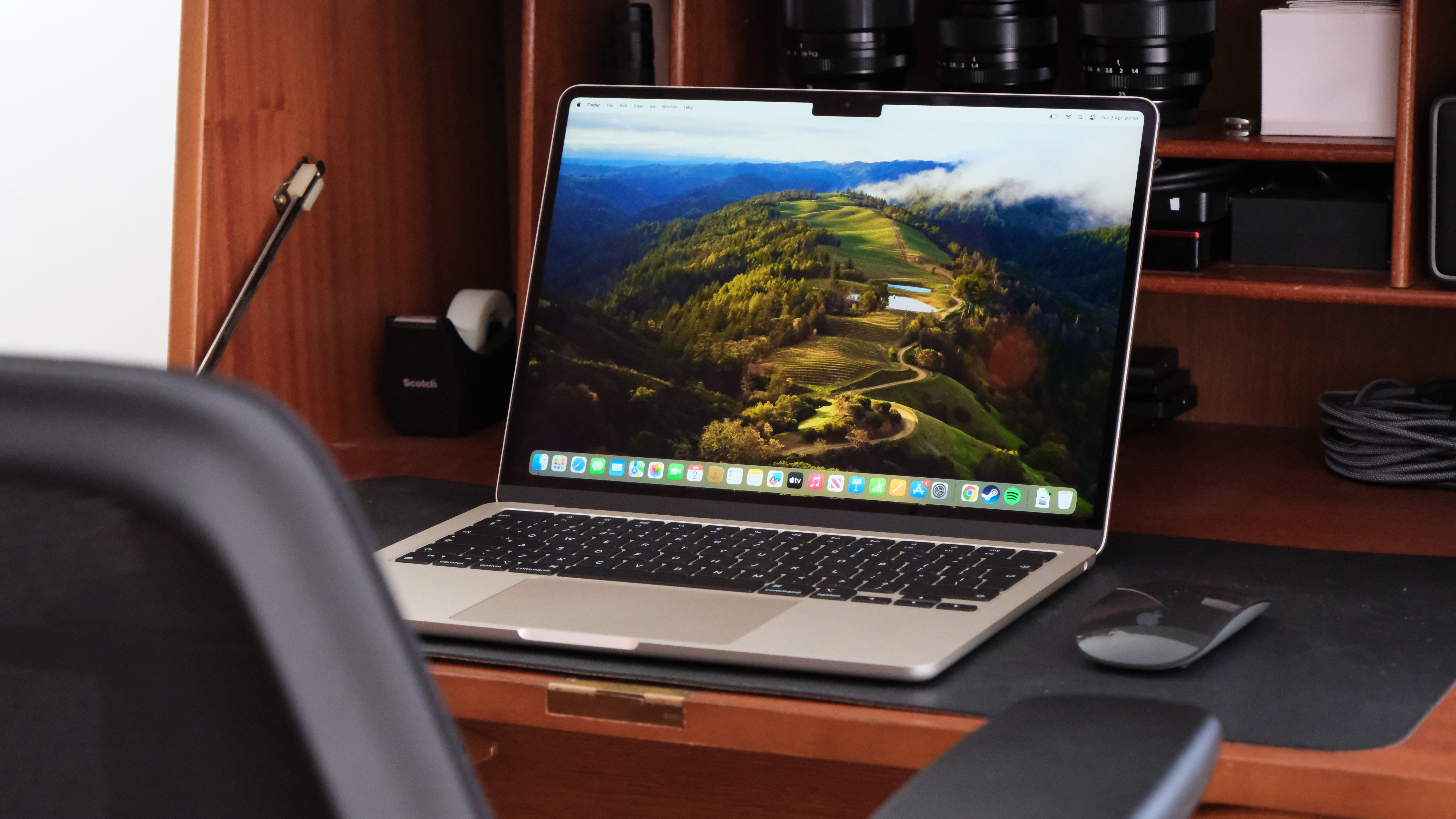
It gets even worse when it comes to Apple's accessories. For instance, AirPods come in regular, Pro and Max varieties – but the Max is actually over-ear headphones, not pods at all. The Apple Pencil, meanwhile, has four versions that look different and charge differently, and they're not compatible with all iPads.
The naming convention here (and I'm not making this up) begins: Apple Pencil (1st Generation), Apple Pencil (2nd Generation)... so far so good. But then suddenly it veers off into Apple Pencil (USB-C) and Apple Pencil Pro. Would you know that the third of these was the budget model, just from the name? Of course not. And you need a spreadsheet to figure out which Apple Pencil works with which iPad: the names here are no use at all.
Passion for simplicity?
Why you can trust Digital Camera World
Personally, I often find myself having to create mental maps and charts just to keep track of which device is which, and more importantly, to explain these differences to readers in a way that makes sense. It's like being a translator for a language that keeps changing its grammar rules every few months. Life shouldn't be this difficult!
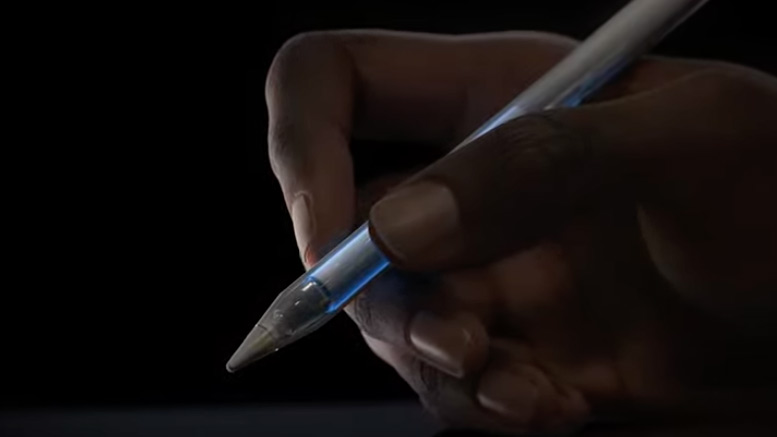
The irony isn't lost on me that Apple, a company famous for its clean, intuitive interface design, has created a product naming system that requires a decoder to understand. Steve Jobs was known for his passion for simplicity, famously paring down Apple's product line to a simple quadrant when he returned to the company. I wonder what he would make of it all today.
Yes, Apple's product line has grown and diversified over time. But I can't help but think there must be a clearer way to organize and name these products. Until then, if you really want to know the differences between Apple products, it's best to read our in-depth reviews, along with our guides to the different iPad generations, the best iPhones and the best MacBooks.
Get the Digital Camera World Newsletter
The best camera deals, reviews, product advice, and unmissable photography news, direct to your inbox!
Tom May is a freelance writer and editor specializing in art, photography, design and travel. He has been editor of Professional Photography magazine, associate editor at Creative Bloq, and deputy editor at net magazine. He has also worked for a wide range of mainstream titles including The Sun, Radio Times, NME, T3, Heat, Company and Bella.

